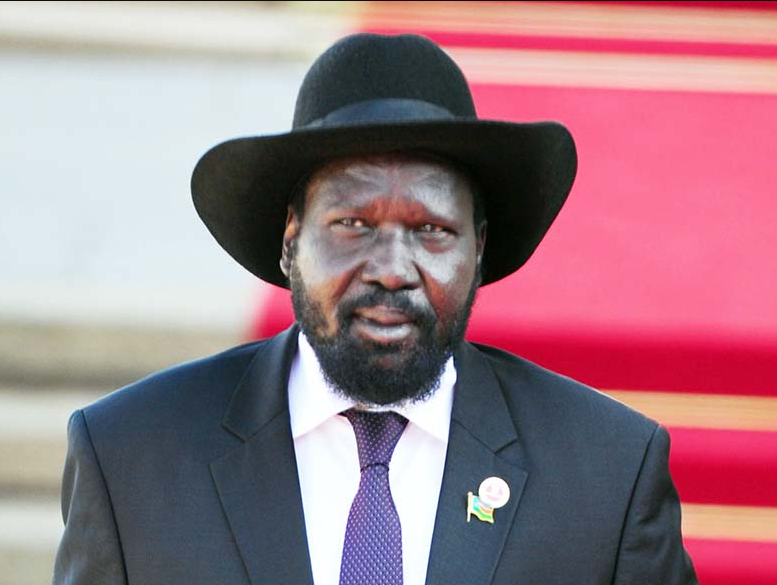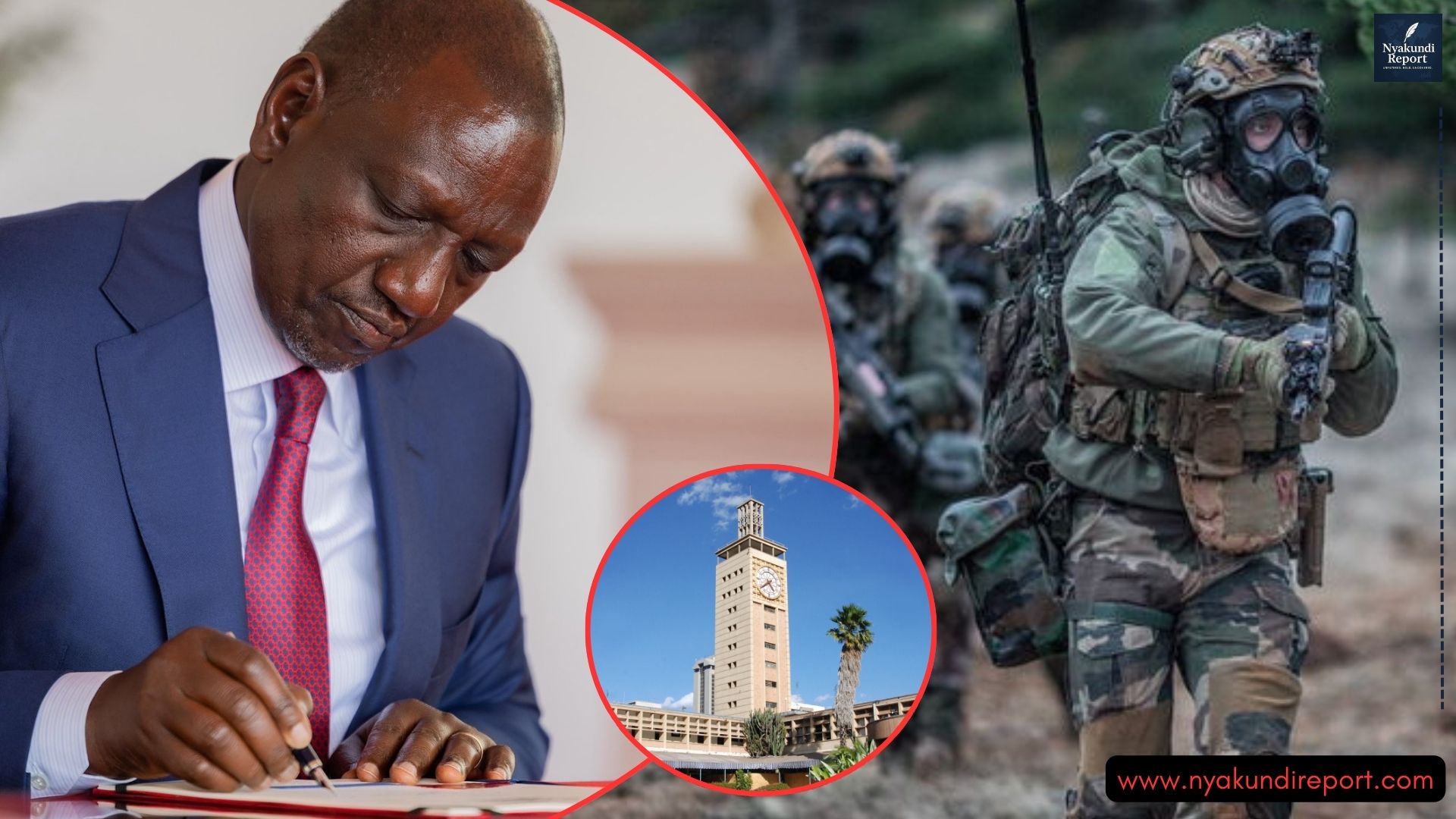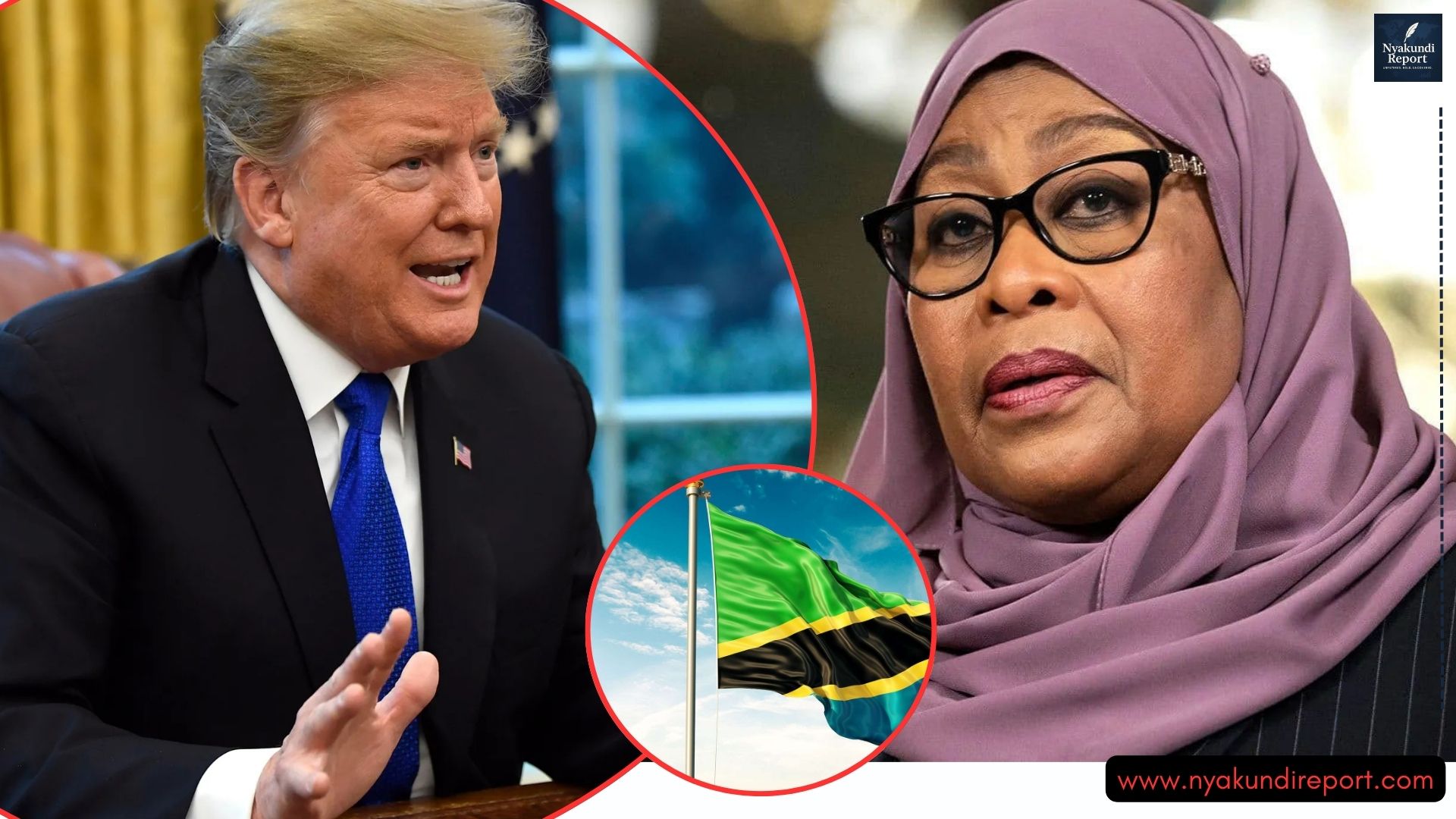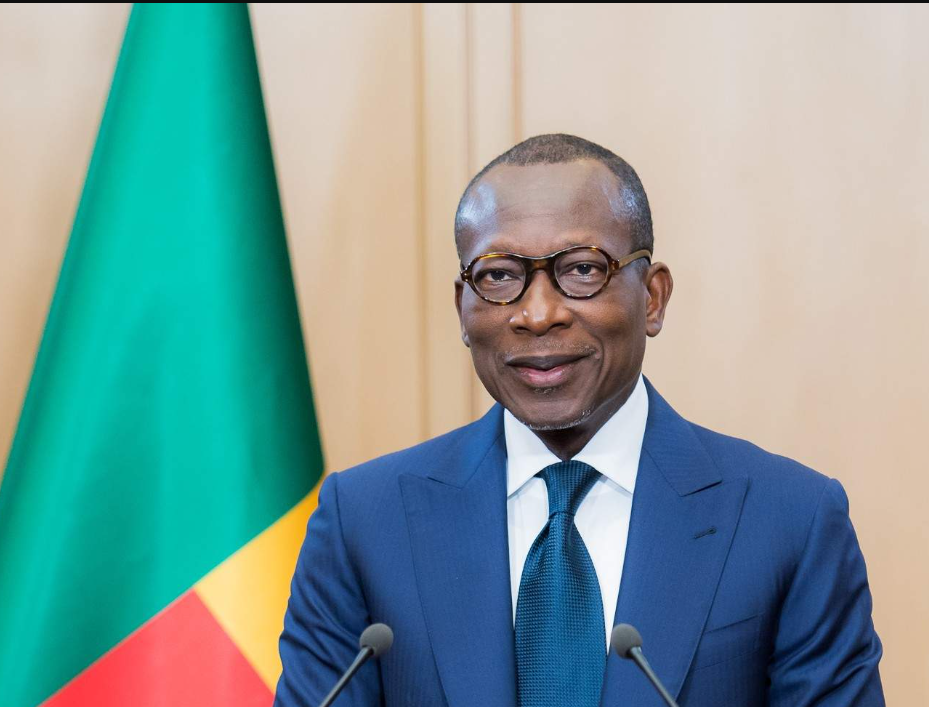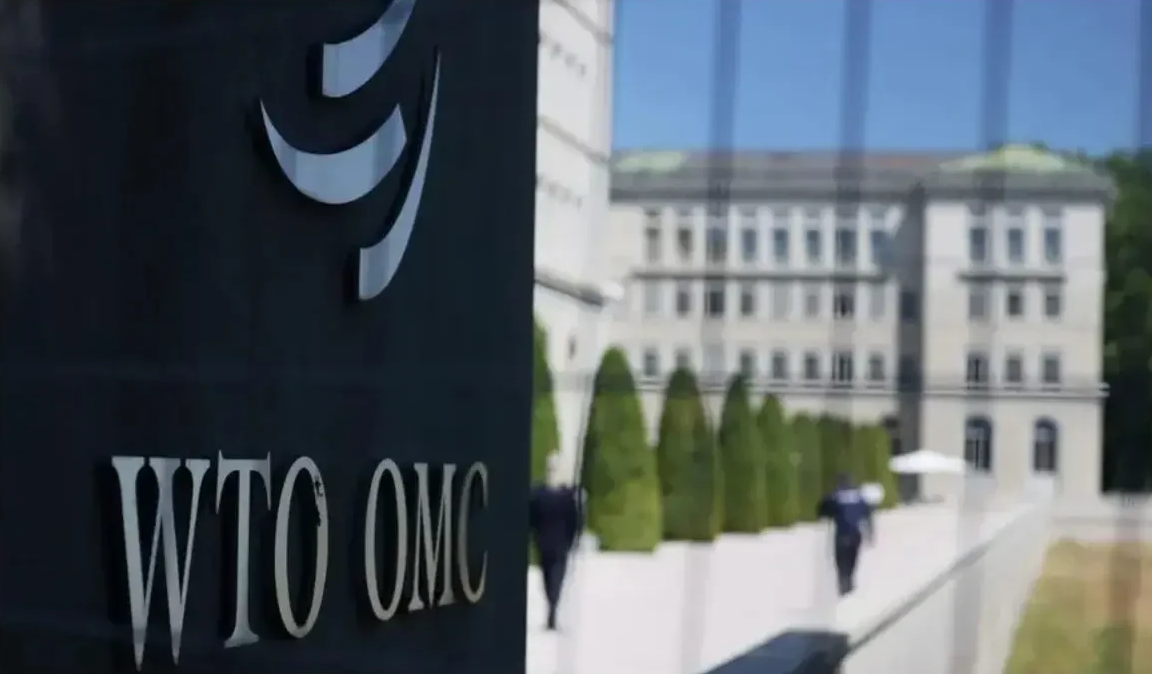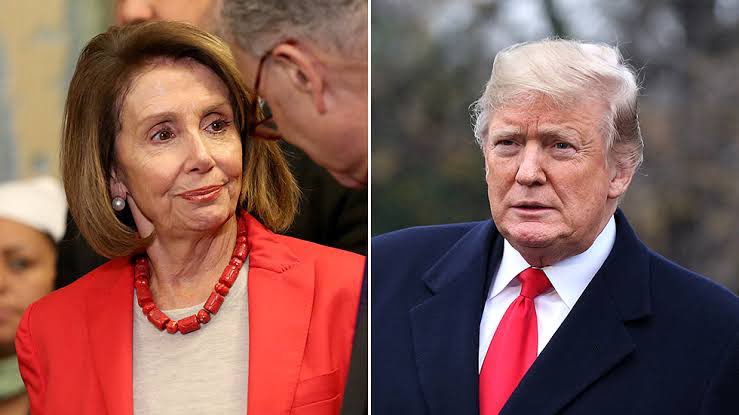US Dollar and Stock Markets Soar as US-China Announce 10% Tariff Truce
Global financial markets erupted in optimism today as the United States and China announced a significant de-escalation in their long-standing trade tensions.
In a joint statement released after high-level talks, the two economic superpowers agreed to a temporary truce.
Therefore, rolling back a substantial portion of the tariffs imposed on each other’s goods.
The immediate reaction was a powerful rally in stock markets worldwide and a strengthening of the US dollar against major currencies.
The agreement, which will see both nations reduce tariffs on a wide range of goods to approximately 10%.
Marks a significant departure from the escalating trade war that has cast a shadow over the global economic outlook for months.
This unexpected breakthrough has been hailed by investors and analysts as a positive step.
Towards stabilizing international trade relations and potentially boosting global economic growth.

Stock Markets Erupt in Relief Rally
The announcement triggered a broad-based rally across major stock exchanges.
In the United States, the Dow Jones Industrial Average surged by over 1,100 points, marking one of its largest single-day gains in recent history.
The S&P 500 and the Nasdaq Composite also experienced substantial gains.
Also, fueled by renewed investor confidence and the anticipation of reduced costs for businesses reliant on imports and exports between the two nations.
The positive sentiment extended beyond US borders, with European and Asian stock markets also posting significant gains.
Companies particularly sensitive to trade tensions, such as technology firms, manufacturers, and agricultural producers, saw their share prices jump sharply.
The easing of tariff pressures is expected to alleviate concerns about supply chain disruptions, reduced consumer demand due to higher prices.
And the potential for a global economic slowdown.
US Dollar Gains Strength as Trade Fears Recede
The US dollar reacted strongly to the news, strengthening against a basket of major currencies, including the euro, the Japanese yen, and the British pound.
The truce has reduced the perceived risk to the US economy stemming from the trade war.
Thus, it makes dollar-denominated assets more attractive to international investors.
Furthermore, the easing of trade tensions could potentially reduce inflationary pressures in the US, as the cost of imported goods is expected to decrease.
This could influence the Federal Reserve’s monetary policy decisions in the coming months.
This potentially leads to a less aggressive stance on interest rate hikes than previously anticipated.
Details of the 10% Tariff Truce
While the full details of the agreement are still being analyzed.
Initial reports indicate that both the US and China have agreed to roll back tariffs on a significant portion of their bilateral trade to a level of approximately 10%.
This represents a substantial reduction from the punitive tariffs that had been implemented over the past year, some of which reached levels as high as 25% or more.
The truce is reportedly set to last for a defined period, allowing negotiators from both sides.
To engage in further discussions aimed at reaching a more comprehensive and long-term trade agreement.
The specific duration of the truce and the scope of the tariff reductions are expected to be clarified in the coming days.
Market Cautious Optimism and Future Uncertainties
Despite the enthusiastic market reaction, a note of cautious optimism prevails.
Investors remain aware that the announced truce is temporary and that significant challenges still lie ahead in resolving the underlying trade disputes between the US and China.
Key areas of contention, such as intellectual property rights, technology transfer policies, and the trade imbalance, have yet to be fully addressed.
The risk of renewed trade tensions remains if future negotiations fail to yield a comprehensive and mutually acceptable agreement.
Nevertheless, the 10% tariff truce provides a much-needed respite for the global economy and financial markets.
It signals a willingness from both the US and China to de-escalate tensions and engage in constructive dialogue.
The coming weeks and months will be crucial in determining whether this truce can pave the way for a more stable and predictable global trade environment.
For now, however, the rally in stock markets and the strengthening of the US dollar reflect a collective sigh of relief and a renewed sense of hope for a less turbulent economic future.
ALSO READ: Kenya’s Tourism Sector Roars Back with Impressive 60% Growth as International Arrivals Surge

